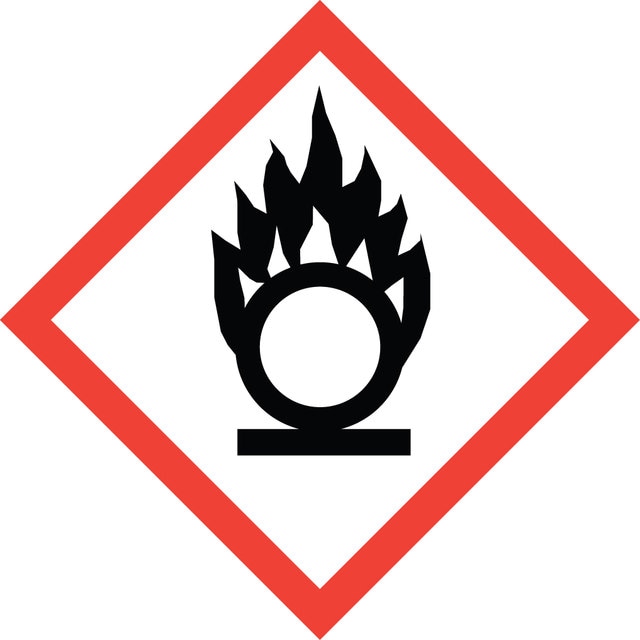Select a Size
About This Item
Product Name
Sodium perrhenate, 99.99% trace metals basis
InChI key
KMISVFTVBOPTAI-UHFFFAOYSA-N
InChI
1S/Na.4O.Re/q+1;;;;-1;
SMILES string
[Na+].[O-][Re](=O)(=O)=O
assay
99.99% trace metals basis
form
powder or crystals
reaction suitability
core: sodium
impurities
≤150.0 ppm Trace Metal Analysis
density
5.39 g/mL at 25 °C (lit.)
Quality Level
Related Categories
signalword
Danger
hcodes
Hazard Classifications
Eye Irrit. 2 - Ox. Sol. 2 - Skin Irrit. 2 - STOT SE 3
target_organs
Respiratory system
Storage Class
5.1B - Oxidizing hazardous materials
wgk
WGK 3
flash_point_f
Not applicable
flash_point_c
Not applicable
ppe
dust mask type N95 (US), Eyeshields, Gloves, type P3 (EN 143) respirator cartridges
Choose from one of the most recent versions:
Already Own This Product?
Find documentation for the products that you have recently purchased in the Document Library.
Our team of scientists has experience in all areas of research including Life Science, Material Science, Chemical Synthesis, Chromatography, Analytical and many others.
Contact Technical Service
